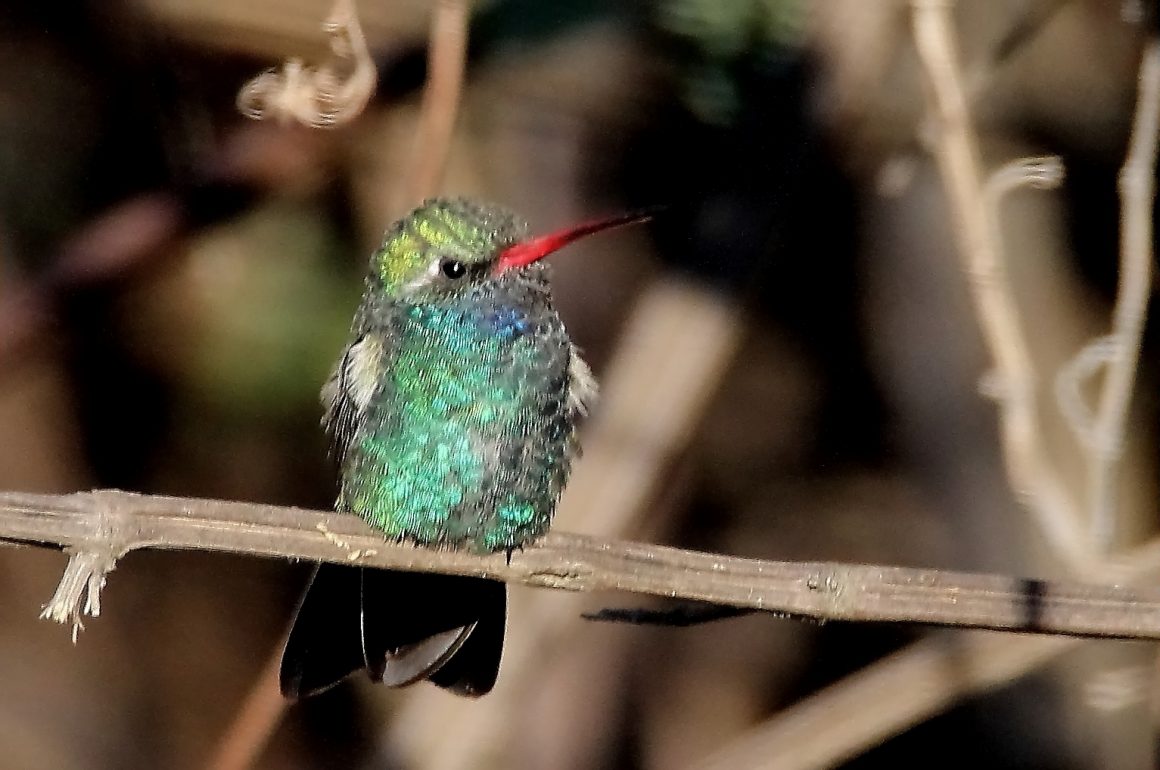
You may note that my title for this post does not say which hummingbirds you might see in the Morelia area, as that list would have to include all the 19 hummingbird species I have seen within an hour of the city. No, these are the species you will see with a reasonable amount of effort on a multi-day birding trip here. And to keep the list even shorter, I will limit it to those hummers that can be seen within a half hour from the city center:
The lovely Broad-billed Hummingbird is the species you are most likely to see within the city itself, showing up in any urban gardens with the right flowers. It can certainly also be seen outside the urban area, although this is a bird that especially enjoys proximity to humans.
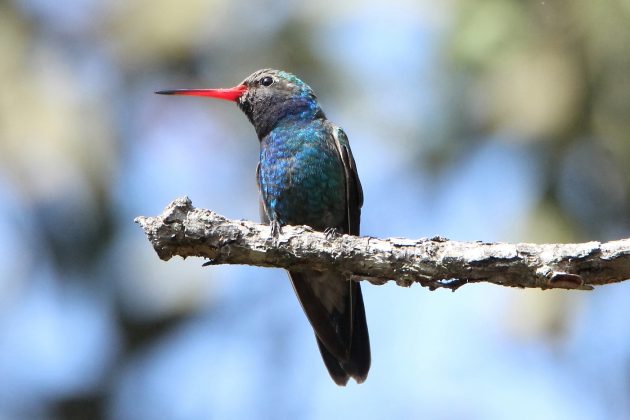
This situation is reversed for the Berylline Hummingbird, which is sure to turn up in our dominant pine-oak forests, but is also common, though a bit less so, in city gardens.
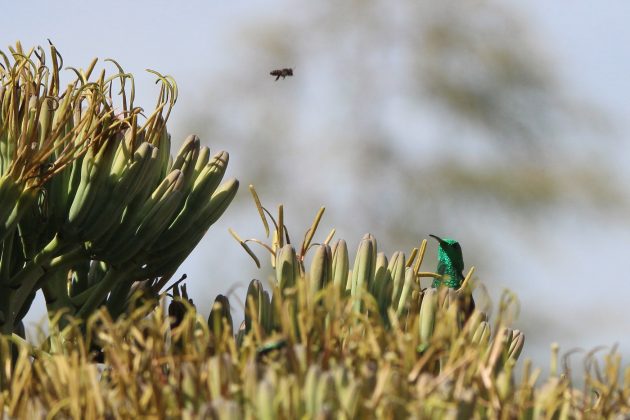
I takes me two photos to show the duality of this green-rust hummingbird.
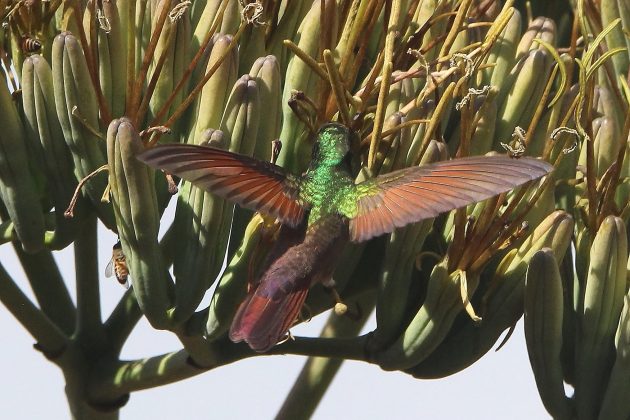
Violet-crowned Hummingbirds are especially common in drier scrub north of Morelia, but are also the third hummer to often turn up in the city itself.
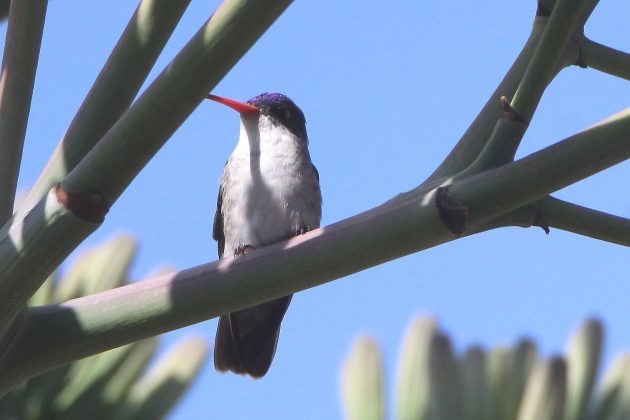
You have to leave the urban center and venture into the forest to see the White-eared Hummingbird. But in our deeper woods, this is the dominant hummer. And a beautiful one it is, although it rarely shows its full colors. (I do not have a single photo with all of its colors showing.)
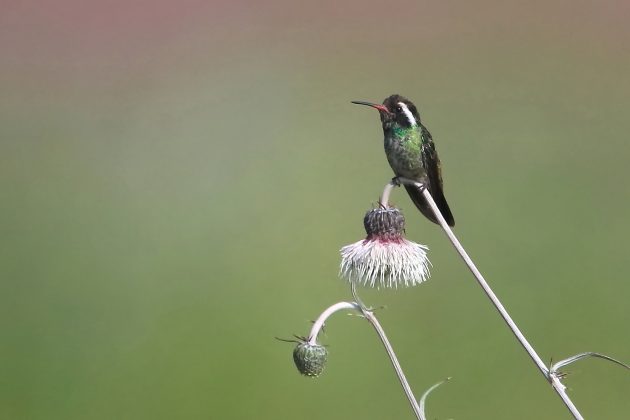
In theory, the male’s crown will iridesce a fiery purple. But you will not see that, unless you are very lucky.
Unlike the above resident species, you will have to come here in the winter to see the abundant Rufous Hummingbirds that visit us in the winter. But any visit to open wild areas will reveal this very different little hummingbird. It is not usually seen in urban gardens.
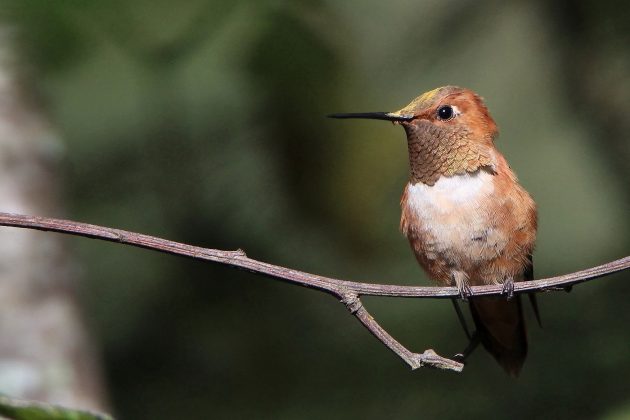
These are the hummingbirds that you will definitely see in the Morelia or the immediate area around it. With a bit more effort and luck, you will also see the Broad-tailed Hummingbird and the larger Rivoli’s Hummingbird (once known as the Magnificent Hummingbird) and Mexican Violetear.
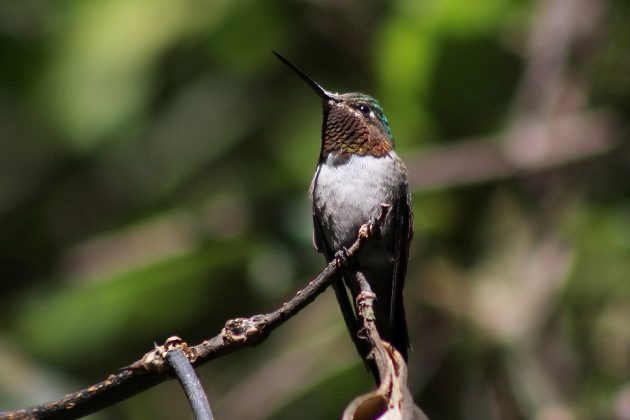
When the light is just right, the Broad-tailed male’s gorget glows a deep rose color. But this photo is the closest I have managed to an iridescing throat.
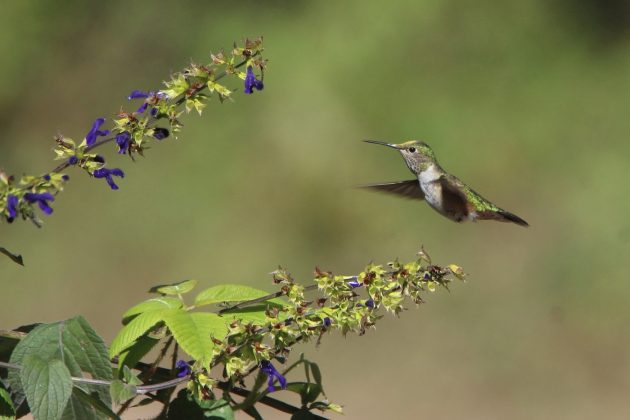
Broad-tailed female
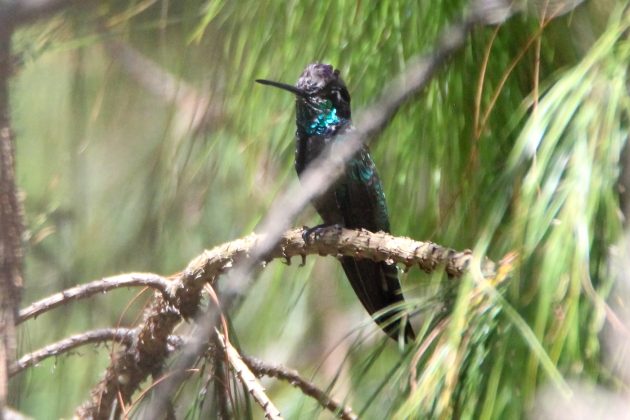
Rivoli’s Hummingbird: another hummer with all sorts of theoretical colors, but that usually looks almost black.
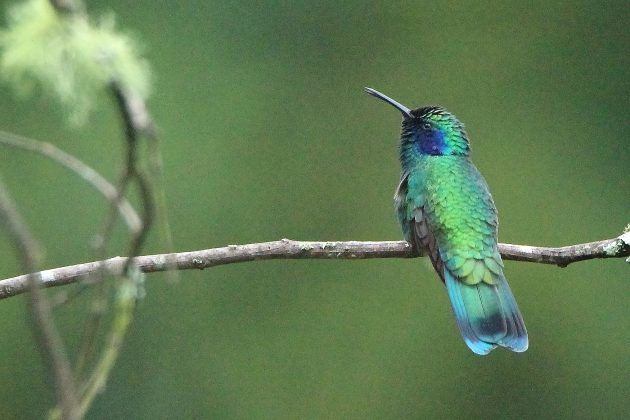
Mexican Violetear
If I stretch my radius to an hour’s travel from Morelia, our hummer list becomes much, much longer. Travel an hour downhill, and you may well see the Dusky Hummingbird, Lucifer’s Hummingbird (winter only), and Plain-capped Starthroat. Drive the same distance further uphill, and you can see the Blue-throated Hummingbird, Amethyst-throated Hummingbird, and even the tiny Bumblebee Hummingbird, which is one of the smallest birds in the world. The transitional zone between tropical dry forest and highland forest, a bit closer to the city center, offers the spectacular Golden-crowned Emerald and Sparkling-tailed Woodstar. Timing, not travel, could bag you another four migratory hummers.
But even if you only travel to the city of Morelia itself, along with a pair of wilder spots still within the city limits, I think my photos above prove that you can expect to see a wonderfully varied collection of hummingbirds.



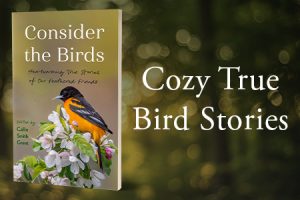

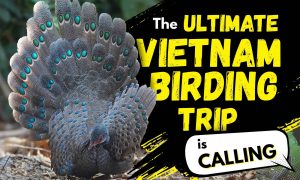
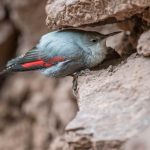


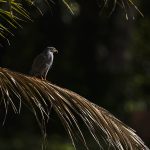

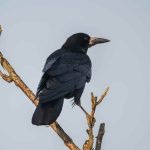
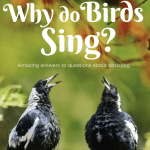
Dead cert hummers? Dangerous statements, Paul… great post that makes me want to visit Morelia!
¡Venga, Peter!
Vale, Pablo!
I really enjoyed your post, because I love hummers. I’ve been lucky to see many of the birds you mentioned.